We explain what myths are, how they originated, the types that exist and their functions. Also, what are its characteristics and examples.
What is a myth?
A myth is called a type of traditional story, considered sacred and symbolic in nature. It generally tells extraordinary and memorable events, involving magical or supernatural beings, such as gods , demons, monsters, etc. It is part of the imaginary of a mythology and cosmogony (conception of the universe ) of a certain culture.
They are taken as true because they are imaginary explanations for those questions that a culture cannot answer. On the other hand, they serve to transmit beliefs and values to future generations.
How did the myth originate?
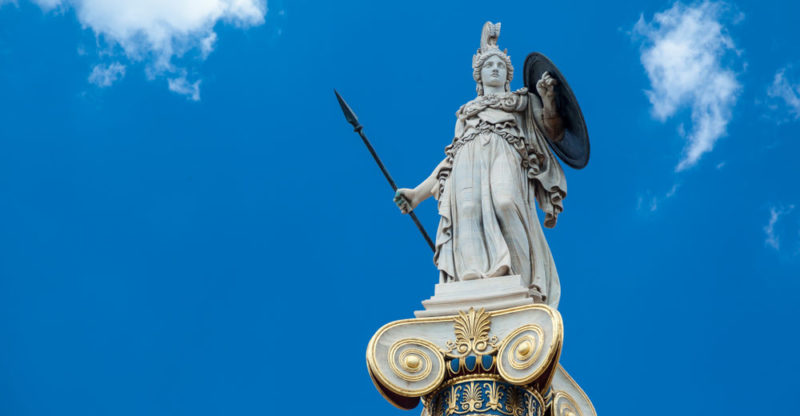
Myths have an oral, informal and traditional origin, generally inherited from primary (primitive) stages of cultures.
In these stages, the fabulation of a story and a narrative imaginary was necessary to order and explain the universe .
In this way, an origin was given to things or certain codes of conduct were explained. For that reason, myths can vary enormously across generations and there are different versions of the same myth.
Classification of the myth
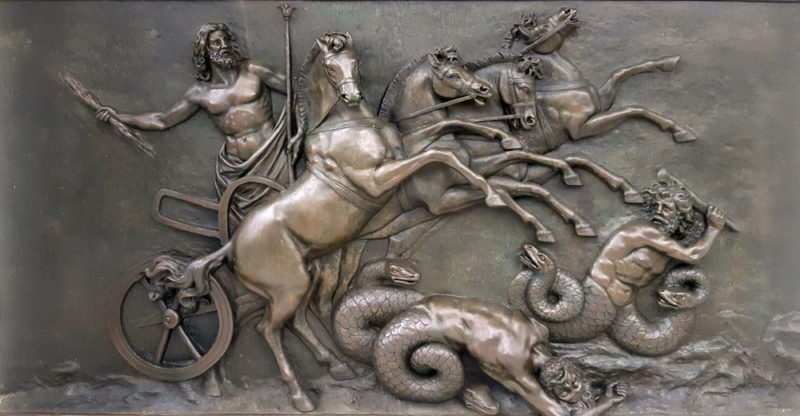
Myths can be classified according to their narrative content, in:
- Cosmogonic myths. Those who relate the origin of the universe and of all things that are, generally telling the story of ancient and primitive creatures that started time and the world.
- Theogonic myths. Those who relate the birth of the gods, either through the creation of the world itself, or from the defeat of other older gods or more primitive creatures.
- Anthropogonic myths. Those who relate the origin of humanity , either as the creation of the gods, as an accident in their wars and confrontations, or as part of the phenomena that gave rise to the world and life.
- Moral myths. Those who explain through a story the origin of good and evil.
- Etiological myths. Those that narrate the origin of specific things or knowledge, such as certain techniques, certain institutions, ritual practices or knowledge .
- Foundational myths. Those that relate the creation of cities , empires or capitals of importance, usually as the fulfillment of a divine design.
- Eschatological myths. Those who relate the future of humanity or the world, usually through a more or less symbolic premonition of what its end will mean.
What is the function of the myth?
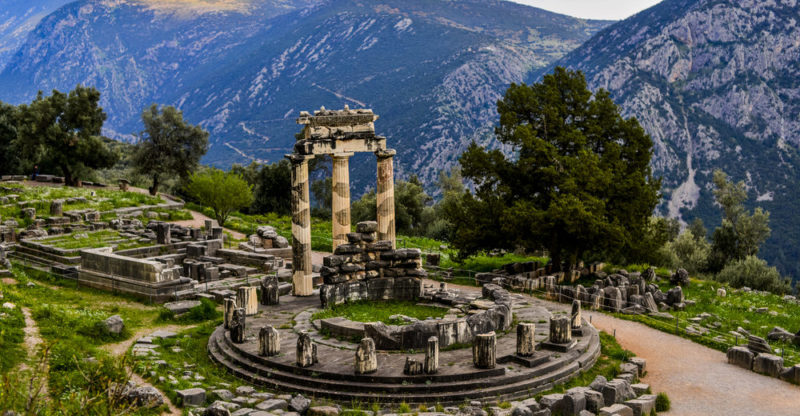
Myths have the function of giving narrative form to the way in which cultures understand themselves , understand the universe and define what is good and what is not. This form is usually pleasant, easy to remember, with a logic of cause and consequence.
Its function, in that sense, is to transmit non-explicit teaching to the new generations . For this reason, it does not resemble advice or moral at all, but rather conveys something much more profound: a set of meanings, values, stories and rituals that make up its cultural system.
Myth properties
According to the French anthropologist and ethnologist Claude Levi-Strauss, myths have the following fundamental properties:
- They treat in a narrative way (through a story) the existential questions of humanity: the creation of things, the origin of traditions, death, the destiny of humanity, etc.
- Their central theme is irreconcilable contrary concepts, for example: creation-destruction, life-death, gods-men, good-evil, and these define the philosophical poles of the culture to which they belong.
- They provide a reconciliation of such irreconcilable opposites, to calm the existential anguish of the culture or provide a certain sense of harmony, justice or peace, which often leads to ritual or religious practices.
How is the myth interpreted?
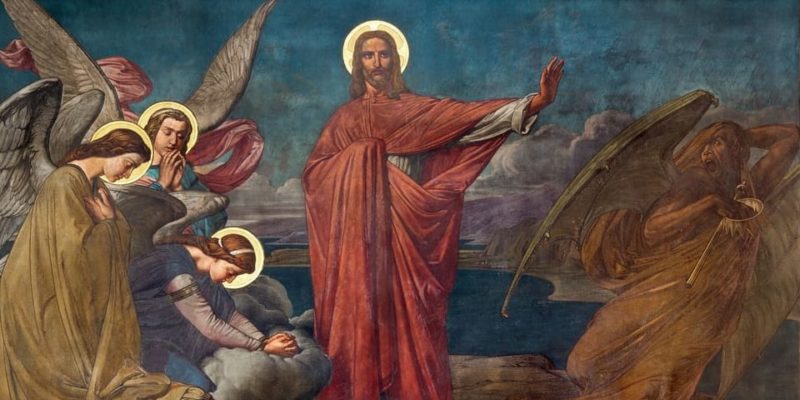
Myths in ancient times were taken as a true word , but today we know that they are little more than fantastic stories, firmly rooted in the cultures that composed them. Therefore, at present we interpret them through three fundamental perspectives:
- Functionalist . According to the studies of the Austro-Hungarian anthropologist Bronislaw Malinowski, who examined what role they play in everyday life, as reinforcement of behaviors, argument from authority, etc.
- Structuralist . According to the ideas of the French Claude Lévi-Strauss, who proposed to search in mythical stories for the poles of meaning or value that make up the meaning relations of myth.
- Symbolist . According to various theorists (CG Jung, Gastón Bachelard, etc.) who value myths the symbol , its archetypal concepts that are linked to the human psyche at an almost universal level.
Mythical time
Myths, by not telling factual or verifiable events, occur in a different temporality from the time of history , which is known as mythical time. It is an imprecise temporality, generally located before the very existence of time , and that therefore is not part of the continuity of human history, but gives rise to it.
The mythology
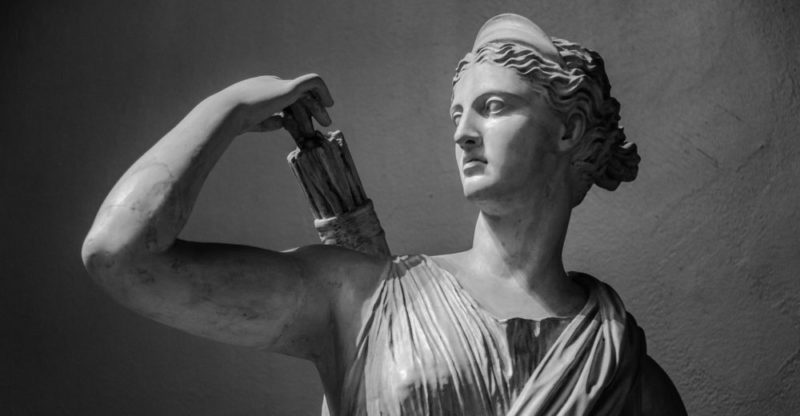
A mythology is a complex set of foundational myths and stories , of a magical-religious type, that make up the cultural universe of some community , nation or group of them. It is an imaginary universe.
It is seldom fully summarized in a single book, but is addressed in hundreds of stories, anecdotes , artistic works, and / or sacred texts. Each great civilization had its own mythology, and one of the best known and most popular today is that of Ancient Greece .
Why is the myth important?
Myths respond imaginatively to fundamental human questions and shape them, turn them into a story and a set of values. Therefore, they are important to the cultures from which they arise.
But in addition, they reflect and contain the values, principles and reasoning of the culture where they originate. For this reason, they are important for history and anthropology , since they allow us to understand how societies of the past thought and felt ; or how culturally very distant societies do it today.
Differences from the legend

The difference between myths and legends lies in the role they play within the culture . Myths offer narrative and fantasy explanations for events of philosophical or religious significance. Rather, legends often tell fantastic and often sinister versions of real or historical events or characters.
Unlike myths, which are not verifiable and are usually located in time immemorial , legends usually have a firm root in reality, although they later lead to the terrain of fantasy.
Furthermore, myths are part of the complex webs of a culture, belonging to its way of conceiving the universe and to itself. Legends, on the other hand, can simply narrate a certain event fantastically , be it from their own culture or region, or from distant regions or cultures that are already extinct.
Example: Medusa and Perseus
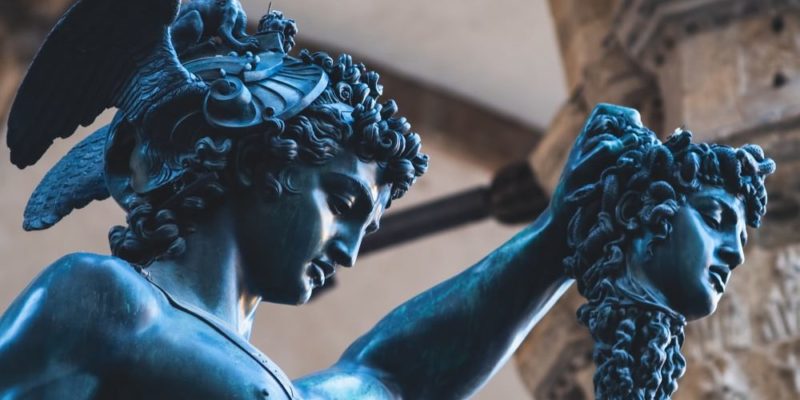
The ancient Greco - Roman we have inherited lots of myths. They are said to remain valid because they continue to operate in some way in our contemporary culture. However, we no longer consider them as real but rather appreciate their symbolic and figurative value, as a kind of metaphor or moral.
One of them is that of Medusa, one of the gorgons . She was a woman whose beauty led her to rival the gods and as punishment she was transformed into a monster with a reptilian body and snakes for hair , which turned whoever looked at her from the front into a stone statue.
After petrifying thousands of heroes who tried to kill her, Medusa was defeated by Perseus . The hero used a mirror-polished shield in order to look at the monster's reflection and not turn to stone. Perseus beheaded Medusa and then used her head to defeat her enemies.
The above content published at Collaborative Research Group is for informational and educational purposes only and has been developed by referring to reliable sources and recommendations from technology experts. We do not have any contact with official entities nor do we intend to replace the information that they emit.
Veronica is a culture reporter at Collaborative Research Group, where she writes about food, fitness, weird stuff on the internet, and, well, just about anything else. She has also covered technology news and has a penchant for smartphone stories. .
Leave a reply
Your email address will not be published. Required fields are marked *Recent post

Sport: What Is It, Types, Risks, Features, Characteristics and Examples

Dogs: Emergence, Features, Characteristics, Feeding and Breeds

Story: Definition, Elements, Structure, Features and Characteristics

